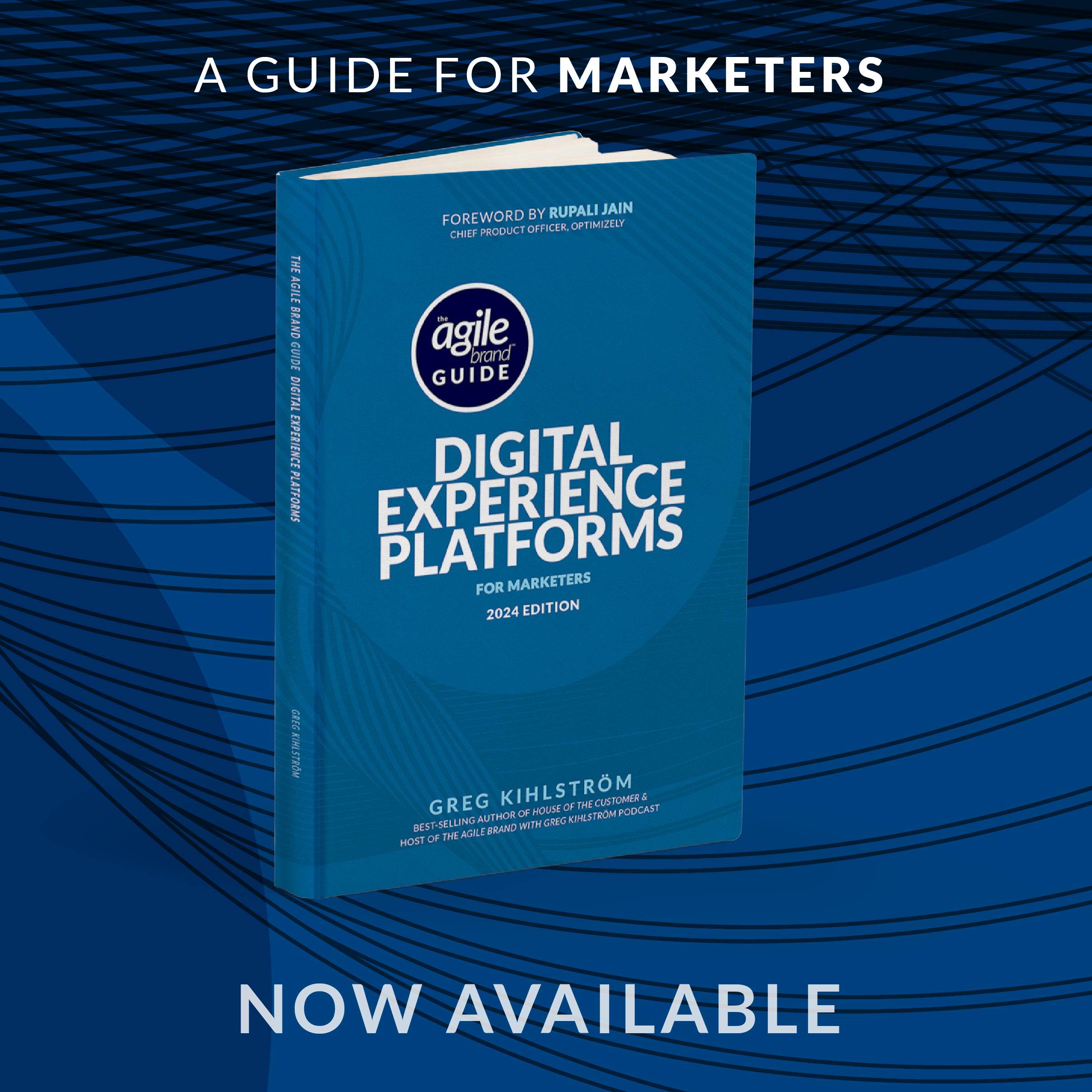This article was based on the interview with Ian Baer from Sooth by Greg Kihlström, Marketing Technology keynote speaker for The Agile Brand with Greg Kihlström podcast. Listen to the original episode here:
The concept of customer loyalty has undergone a profound transformation in the past couple decades. Traditionally, loyalty was often measured through quantifiable metrics such as points, discounts, and rewards. However, the landscape of loyalty has shifted dramatically toward an emotionally driven paradigm. This evolution reflects a deeper understanding of consumer psychology and the need for brands to foster genuine connections with their customers.
For decades, businesses successfully implemented customer loyalty programs that operated on a Pavlovian model, rewarding customers with points, miles, or exclusive perks in exchange for their patronage. These schemes created a sense of obligation and expectation, leading customers to repeatedly engage with brands in pursuit of tangible rewards. However, as time progressed, consumers began to experience fatigue with these loyalty programs. The once enticing offers became commonplace, and the emotional connection that underpinned consumer-brand relationships began to erode.
The decline of traditional loyalty programs can be attributed to several factors. First, as Ian Baer points out, the proliferation of similar loyalty schemes across various industries led to a saturation of options. Consumers found themselves enrolled in numerous programs, often unaware of their benefits or the status they had achieved. This confusion diluted the perceived value of loyalty rewards, making them less appealing. Moreover, businesses grew increasingly wary of the liabilities associated with points programs, as unredeemed points represented a financial burden on their balance sheets. The expiration of points further alienated customers, leading to dissatisfaction and disillusionment.
As loyalty programs waned in effectiveness, a new paradigm emerged: emotional loyalty. Consumers began to prioritize intangible benefits over tangible rewards. Recognition, special access, and personalized experiences became the new currency of loyalty. Customers sought to feel valued and appreciated, desiring a sense of belonging within a brand’s community. This shift highlights a fundamental change in consumer expectations—loyalty is no longer solely about transactions; it is about the emotional resonance between a brand and its customers.
The generational factors at play also contribute to this shift. Millennials, Gen Z, and the upcoming Alpha generation have grown up in a world where experiences and emotional connections are paramount. They are more sophisticated consumers, seeking authenticity and meaningful engagement from brands. This demographic prioritizes brands that align with their values and provide a sense of purpose beyond mere transactions. As a result, businesses must adapt their strategies to meet these evolving expectations.
To thrive in this emotionally driven landscape, brands must prioritize understanding their consumers on a deeper level. Ian Baer emphasizes the importance of authenticity, personalization, community engagement, and seamless omni-channel experiences. By focusing on these elements, brands can create meaningful connections that foster loyalty. Additionally, actively seeking customer feedback allows businesses to adapt and refine their offerings, ensuring that they remain attuned to the emotional needs of their audience.
Understanding consumers is not just a marketing strategy; it is a fundamental necessity in today’s complex landscape. As Ian Baer suggests, the challenge is significant, but with the right strategies in place—focusing on authenticity, personalization, community engagement, a seamless omni-channel experience, and customer feedback—brands can not only survive but thrive. Staying curious and agile will be key to understanding and adapting to the ever-changing dynamics of brand loyalty. Ultimately, a deep understanding of consumer motivations and emotional needs will empower brands to forge meaningful connections that endure in an increasingly competitive marketplace. In this new era, loyalty is not merely a transaction; it is an emotional journey that brands must navigate with care and intention.











